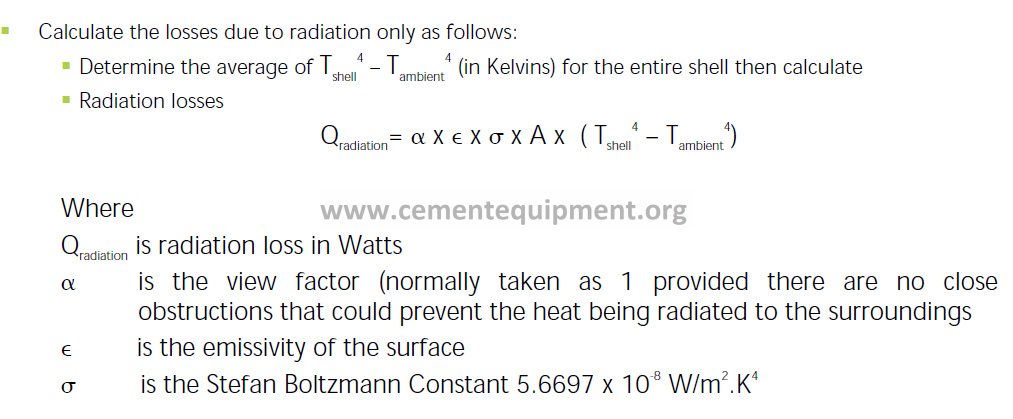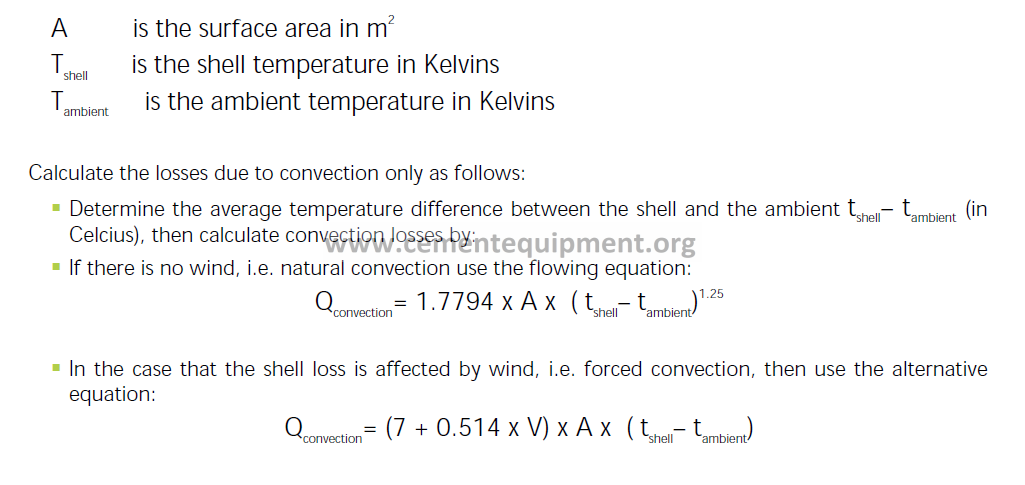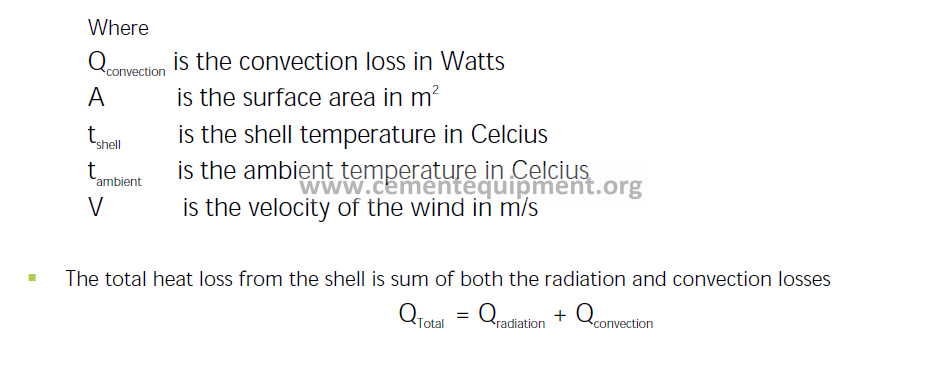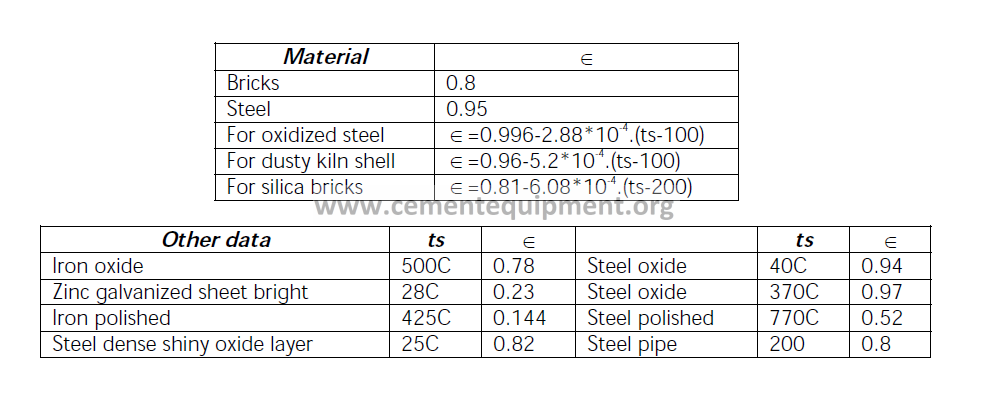Contents
How to measure wall losses by Infra Red Pyrometer

Introduction
When making a thermal heat balance on equipment (kiln, cooler…), heat losses (wall losses) by radiation and convention heat transfer need to be taken into account. The principle is to measure the average surface temperature of the equipment.
This procedure explains how to measure the wall losses on the kiln shell as an example. All other wall losses such as cooler, preheater, etc can be measured following the same principle
Safety aspects
Hot surfaces
Rotating equipment
Dust
Radiative heat
Trips when looking at equipment
Prerequisites
The most important tool is an Infra Red Pyrometer as shown in the picture. The measuring point on the shell is indicated by a laser beam and the surface temperature can be read immediately.
Further the basic dimensions of the equipment need to be known in order to calculate the surface area.
Measure the local ambient air temperature around the surface to be measured
For surfaces exposed to wind check local wind speed with an anemometer
Avoid conducting this measurement during rainfall
Action Steps
1. Make meter marks on the kiln shell
Using a measuring tape, make a mark every meter along the kiln shell. Use the hand rail of the kiln walkway or any other convenient equipment for the marks.
2. Measure the kiln shell temperature at every mark
Set the emissivity to a value corresponding to the colour of the shell, see the table in the appendix. Note that it is important to set this properly otherwise incorrect readings of temperature will be obtained.
Typically for the kiln shell a value in the range of 0.90 – 0.95 can be used depending upon the discolouration.
At every mark, take a temperature reading of the shell. If for example the kiln length is 60 m, there will be 60 temperature readings.
At every mark, point the pyrometer on the shell for an entire kiln revolution. Record the average shell temperature.
Measure and record the ambient temperature and the wind speed.
In areas with running shell cooling fans a simple approach is to increase the ambient wind speed by 2 m/s for this shell section.
For other surfaces like cyclones:
A good practice for non rotating equipment is to measure the surface temperature with a contact thermocouple or by just attaching a small thermocouple on the surface. Measure the same spot with the Pyrometer and adjust the emissivity accordingly to achieve the same temperature. Carry out that procedure at least twice for every type of surface structure.
In areas with many neighbouring hot surfaces (for example a narrow preheater/calciner structure or tertiary air duct close to kiln) ambient temperature should be measured for the specific location.
3. Calculate the wall losses



This calculation approach is recommended to be used for all surfaces (preheater / cooler / kiln / …).
Theoretically different formulas are required depending on the surface shape. Nevertheless the error of using one common formula is small compared to measurement errors. For example calculating the kiln using the Anselm curves or by above formula shows a difference of below 5%.
Typical Values for Emissivity: ∈
